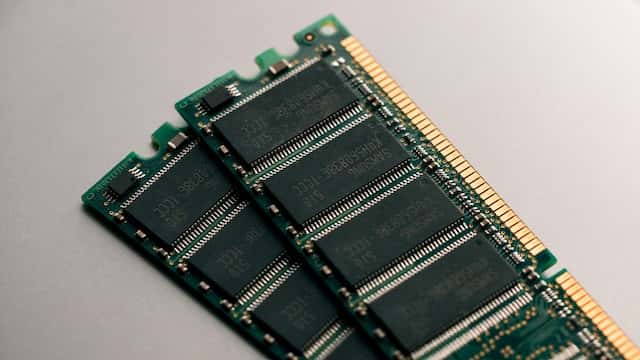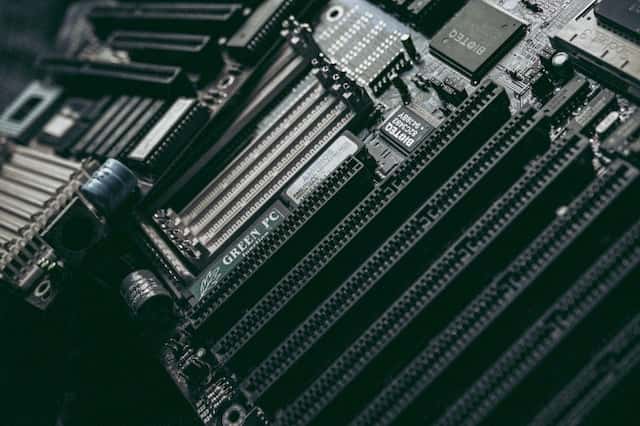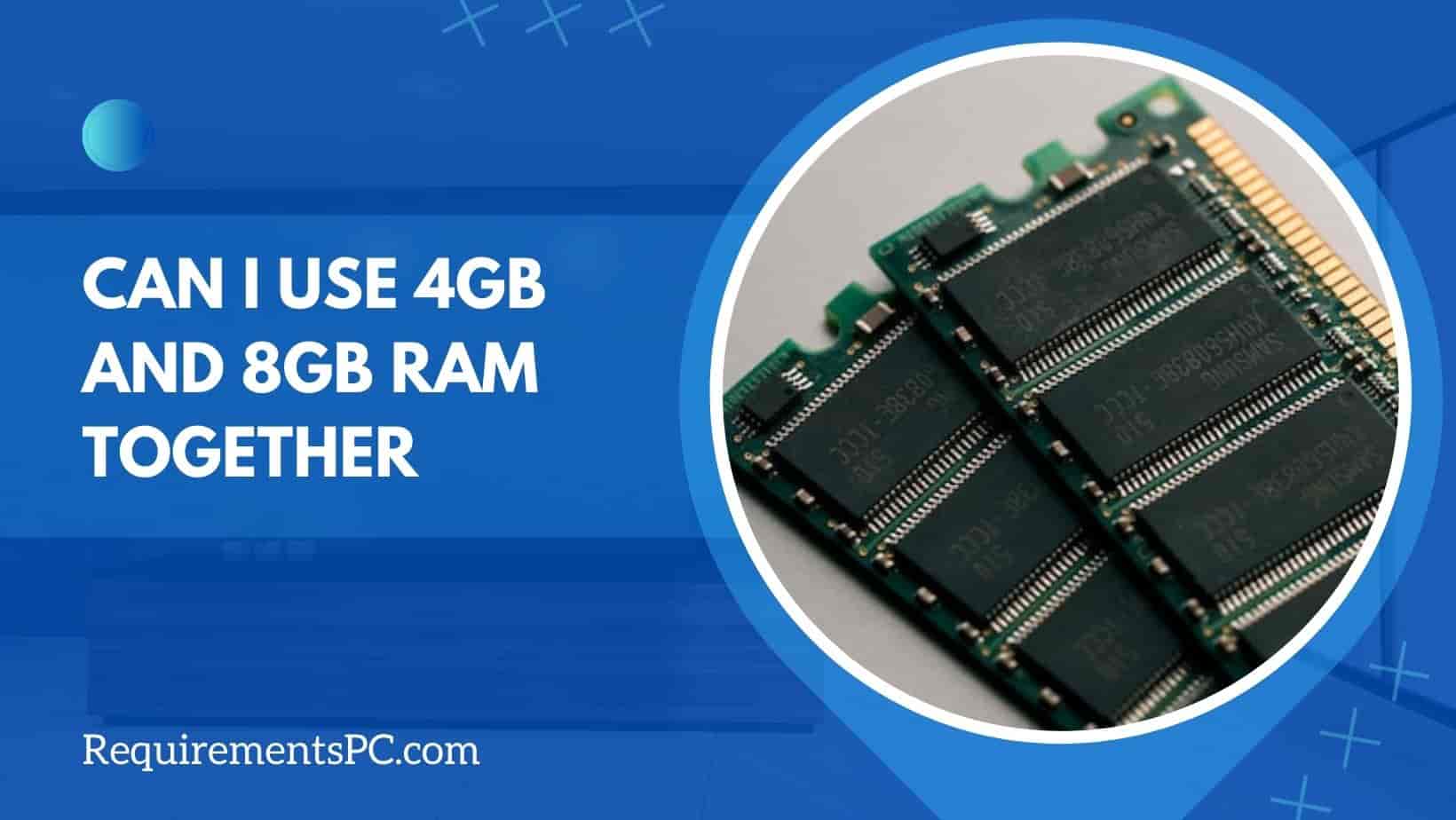When considering ways to enhance your computer’s performance, increasing its RAM capacity is a highly effective method to achieve faster operating speeds and more efficient multitasking. Nonetheless, a common inquiry is whether 4GB and 8GB RAM modules can be used simultaneously. Mixing different RAM sizes may be a feasible choice for those seeking to economize or facing limited upgrade alternatives. Nevertheless, it is crucial to understand the advantages and drawbacks of utilizing various RAM sizes, as well as their compatibility with your computer’s motherboard, for optimal results.
In this article, we will examine the elaboration of combining RAM sizes of 4GB and 8GB, analyzing both the advantages and disadvantages of this approach. Additionally, we will evaluate the compatibility of differing RAM sizes and the importance of motherboard compatibility when merging RAM sizes. We will also address the potential hazards of mixing RAM sizes and its effect on system stability, including the possibility of causing system crashes.
Can i Use 4GB And 8GB RAM Together?
A frequently asked question among PC enthusiasts pertains to the compatibility of different sizes of RAM. Specifically, many wonder if it is possible to use a combination of 4GB and 8GB RAM sticks in their computer. While it is technically possible to use different sizes of RAM together, it may not always be the most optimal choice. To ensure peak performance and stability, it is generally recommended to use RAM sticks of the same size and speed.

When incorporating varying sizes of RAM into your computer, there may be some limitations to consider. Although your computer will still operate, the larger stick of RAM will be restricted to the speed of the smaller stick. For example, if you combine a 4GB and an 8GB stick of RAM, the 8GB stick will operate at the speed of the 4GB stick. Consequently, this will result in slower performance than if you had used two identical 8GB sticks of RAM. Additionally, mixing different sizes of RAM may lead to compatibility issues that should be taken into account.
The Pros And Cons Of Using 4GB And 8GB RAM Together
Pros
When consider the utilization of both 4GB and 8GB RAM, there are various factors to consider. While it is true that combining these distinct RAM sizes can enhance your computer’s memory capacity and enable you to execute more applications and programs concurrently, it is also important to weigh the advantages and disadvantages. Moreover, opting to use 4GB and 8GB RAM simultaneously can potentially result in cost savings as there may not be a need to purchase entirely new memory modules.
Cons
Despite the benefits of mixing RAM sizes, there are potential drawbacks that must be considered. One significant concern is the possibility of decreased performance and stability if the modules are not appropriately matched. Combining memory modules of different sizes and speeds can result in timing issues that may cause system crashes or freezes.
Furthermore, the mixing of RAM sizes can limit the overall speed of your computer as the system can only operate as quickly as the slowest module. Therefore, it is essential to ensure that your memory modules are compatible to avoid any potential issues.
Compatibility Of Different RAM Sizes
When building or upgrading a computer system, it is essential to consider the compatibility of different RAM sizes. Random Access Memory, or RAM, is responsible for temporarily storing data that the computer needs to access quickly. RAM modules of different sizes may have varying speeds, voltages, or timings that can affect the overall performance and stability of the system. Therefore, it is highly recommended to use RAM modules of the same size and specifications to ensure optimal compatibility and performance.
Nonetheless, if mixing and matching different RAM sizes is necessary, it is crucial to ensure that they are compatible with each other and the motherboard.
The Role Of Motherboard Compatibility In Mixing RAM Sizes
When considering upgrading or installing RAM on a computer, it is essential to take into account the compatibility of the motherboard. The mixing of RAM sizes can have a significant impact on the overall performance of the system, and the motherboard plays a critical role in determining whether different sizes can be mixed. Specific requirements for the type and speed of RAM that can be used are dictated by the motherboard, and using incompatible RAM can lead to system instability or failure to boot. Therefore, it is important to ensure that the motherboard is compatible before attempting to mix or upgrade RAM.

A crucial aspect to keep in mind when combining different RAM sizes is the channel configuration of the motherboard. Typically, motherboards come with either a dual-channel or quad-channel configuration, necessitating specific combinations of RAM sizes for the best performance. For instance, a dual-channel motherboard may need RAM to be installed in same-sized pairs, while a quad-channel motherboard may require four identical RAM sticks.
Furthermore, some motherboards may support distinct RAM types, such as DDR3 or DDR4, which must be matched appropriately. It’s important to consult the motherboard manual or search your motherboard with model on internet to confirm the compatibility while mixing RAM sizes.
Can Mixed RAM Sizes Lead To System Crashes?
When considering the appropriate RAM sizes for your system, it is advisable to utilize identical modules in order to maximize performance and stability. Nevertheless, a common query among users is whether mixing RAM sizes can cause system crashes. The answer to this inquiry is complex and dependent on multiple factors. Mixing different RAM sizes may result in compatibility issues that can lead to system instability and crashes, particularly if the RAM modules have varying clock speeds or timings.
Moreover, some motherboards may not support mixed RAM sizes or may require specific configurations to work correctly. Another factor to consider is the applications being used. Some applications may require a specific amount of RAM to function correctly, and mixing RAM sizes may not provide the required amount, leading to crashes.




